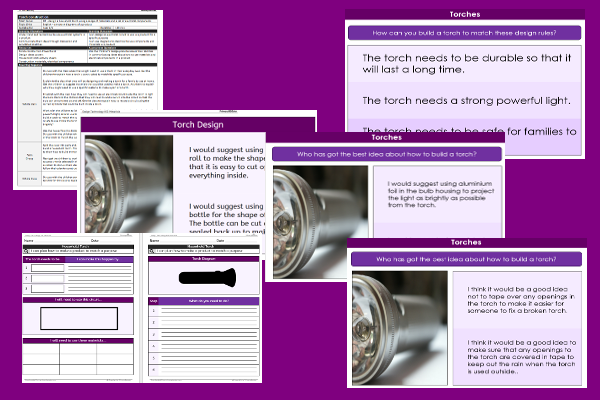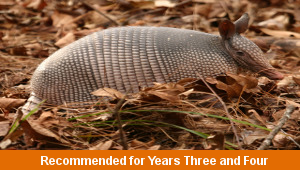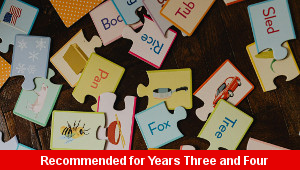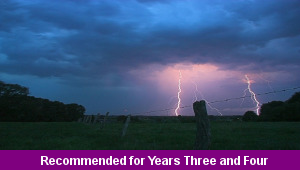Lesson Five – Torch Construction

This design technology teaching pack for Key Stage Two gets the children to plan how to design and make a household torch using a range of materials and a set of electrical components.
The class can identify and explain how to construct a torch to match a selection of success criteria such as making it waterproof and with a bright light to link to its intended function.
Download this teaching pack including a lesson plan, classroom activities and an interactive presentation to teach the children to plan how to design and make a household torch using a range of materials and a set of electrical components
Activities in this teaching pack include display posters to identify the most effective ways of building a torch using different materials and electrical components and a template to record the design of a household torch using a range of materials and a set of electrical components.
The interactive presentation gets the children to investigate how to design and make a household torch using a range of materials and a set of electrical components.
This lesson is part of a design technology scheme of work to get the children to select and install an electrical system into a product using different materials and components to make a lighting device for families to use at home. There are teaching activities for shared learning, differentiated worksheets to support independent learning and interactive presentations to introduce concepts and key skills.
-

Grams and Kilograms Measurements
Practise measuring, recording and calculating measurements in mass when working with and converting units in grams and kilograms
-

World Animals
Identify and record how to use the correct determinants before nouns in sentences about animals that live in different habitats around the world
-

Determinants Vowels and Consonants
Investigate and record how to compose sentences when using the correct determinants before nouns to match their initial vowels or consonants
-

Weather Events
Investigate how to add and punctuate fronted adverbials in model sentences explaining when, how or where something happened in the weather
